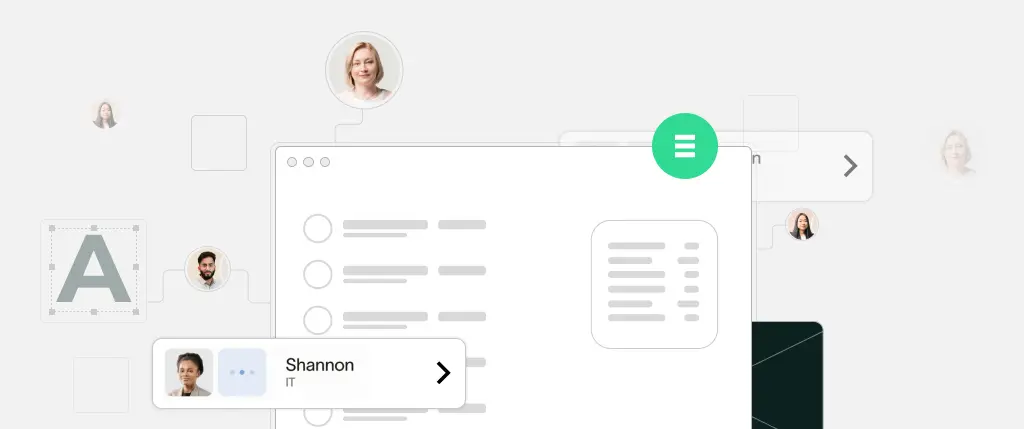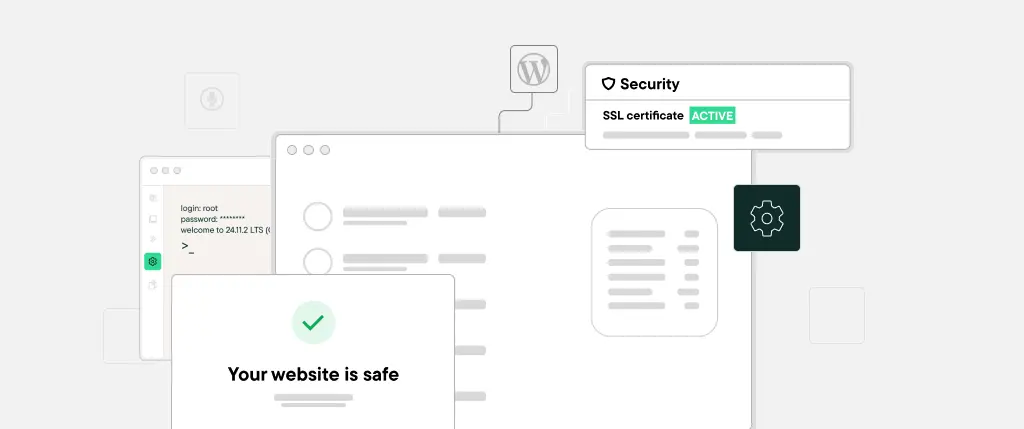In a globalized digital world, websites must cater to diverse audiences in different languages. A multilingual WordPress site enhances user experience, improves SEO, and increases engagement.
However, setting up and managing translations can be challenging. This guide explores the best tools, techniques, and best practices for a seamless multilingual WordPress experience—including how SiteBox simplifies everything.
1. Understanding Multilingual WordPress Sites
A. What is a Multilingual WordPress Site?
A multilingual WordPress site serves content in two or more languages. Users can switch between languages, and search engines recognize each translation separately.
B. Benefits of a Multilingual Site
✔ Better User Experience – Visitors can browse in their preferred language.
✔ SEO Boost – Improved visibility in international search engines.
✔ Higher Conversions – Reach and engage a wider audience.
✔ How SiteBox Helps:
✅ Automatic translation setup with AI-assisted tools.
✅ User-friendly language switchers built-in.
2. Tools for Multilingual WordPress Sites
A. Translation Plugins
Several WordPress plugins make translation easier:
- WPML – Powerful but requires manual translations.
- Polylang – Free and lightweight with good customization.
- TranslatePress – Live front-end translation editing.
- GTranslate – AI-powered automatic translations.
✔ How SiteBox Helps:
✅ Preconfigured multilingual support – No need for manual plugin setup.
B. Manual vs. Automatic Translations
| Feature | Manual Translation | Automatic Translation |
|---|---|---|
| Accuracy | High (human translation) | Varies (depends on AI quality) |
| Time & Effort | Requires more work | Faster and easier |
| SEO Benefits | Stronger SEO control | May need additional optimization |
Best Approach? Use hybrid translation—combine automatic translations for speed and manual corrections for accuracy.
✔ How SiteBox Helps:
✅ AI-powered translations with easy manual refinement.
3. Technical Setup for Multilingual WordPress
A. Setting Up a Multilingual Site with a Plugin
Step 1: Install and Activate WPML or Polylang
Go to Plugins > Add New, search for WPML or Polylang, and activate.
Step 2: Configure Your Languages
Choose default and additional languages under Settings.
Step 3: Translate Content
Use the WordPress Editor or a plugin’s translation dashboard to translate posts, pages, and menus.
B. Adding a Language Switcher to Your WordPress Site
Example Code for a Custom Language Switcher (PHP)
<?php
if ( function_exists( 'pll_the_languages' ) ) {
pll_the_languages( array( 'dropdown' => 1 ) );
}
?>This snippet adds a dropdown language switcher to your theme.
✔ How SiteBox Helps:
✅ Built-in language switcher – No coding required.
4. Best Practices for Multilingual SEO
A. Use hreflang Tags for SEO
Google needs hreflang tags to differentiate language versions of your pages.
Example hreflang Implementation (HTML)
<link rel="alternate" hreflang="en" href="https://example.com/en/" />
<link rel="alternate" hreflang="es" href="https://example.com/es/" />✔ How SiteBox Helps:
✅ Auto-generated hreflang tags for SEO-friendly multilingual sites.
B. Optimize URL Structures
Choose SEO-friendly URLs:
✔ Subdirectories (example.com/en/) – Simple & recommended.
✔ Subdomains (en.example.com) – Requires more technical setup.
✔ Separate domains (example.es) – Ideal for large businesses.
✔ How SiteBox Helps:
✅ Custom URL structures without manual setup.
Conclusion
A multilingual WordPress site boosts user experience, SEO, and conversions—but managing translations can be complex.
🚀 Want a hassle-free multilingual site? SiteBox offers built-in multilingual support, automatic translations, and SEO optimization!
Try SiteBox today for a seamless WordPress multilingual experience! 🎯




